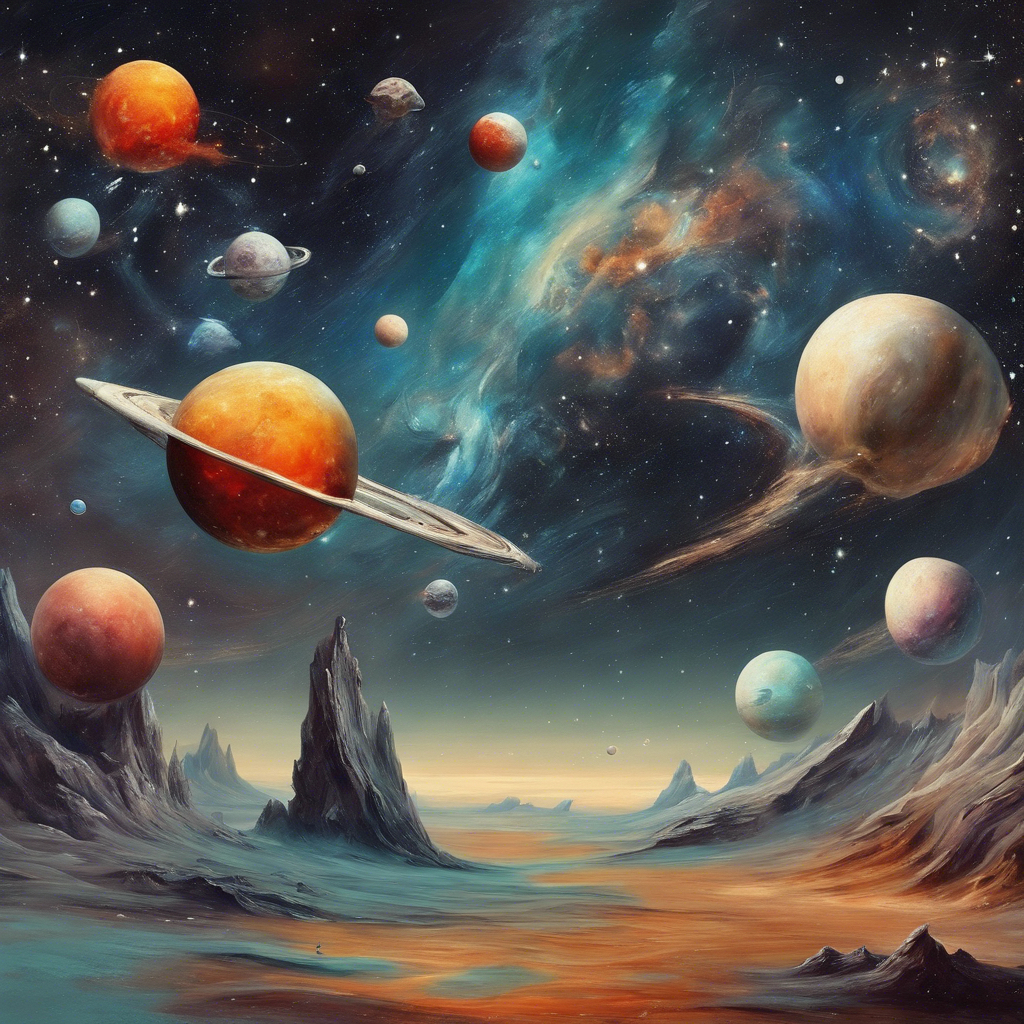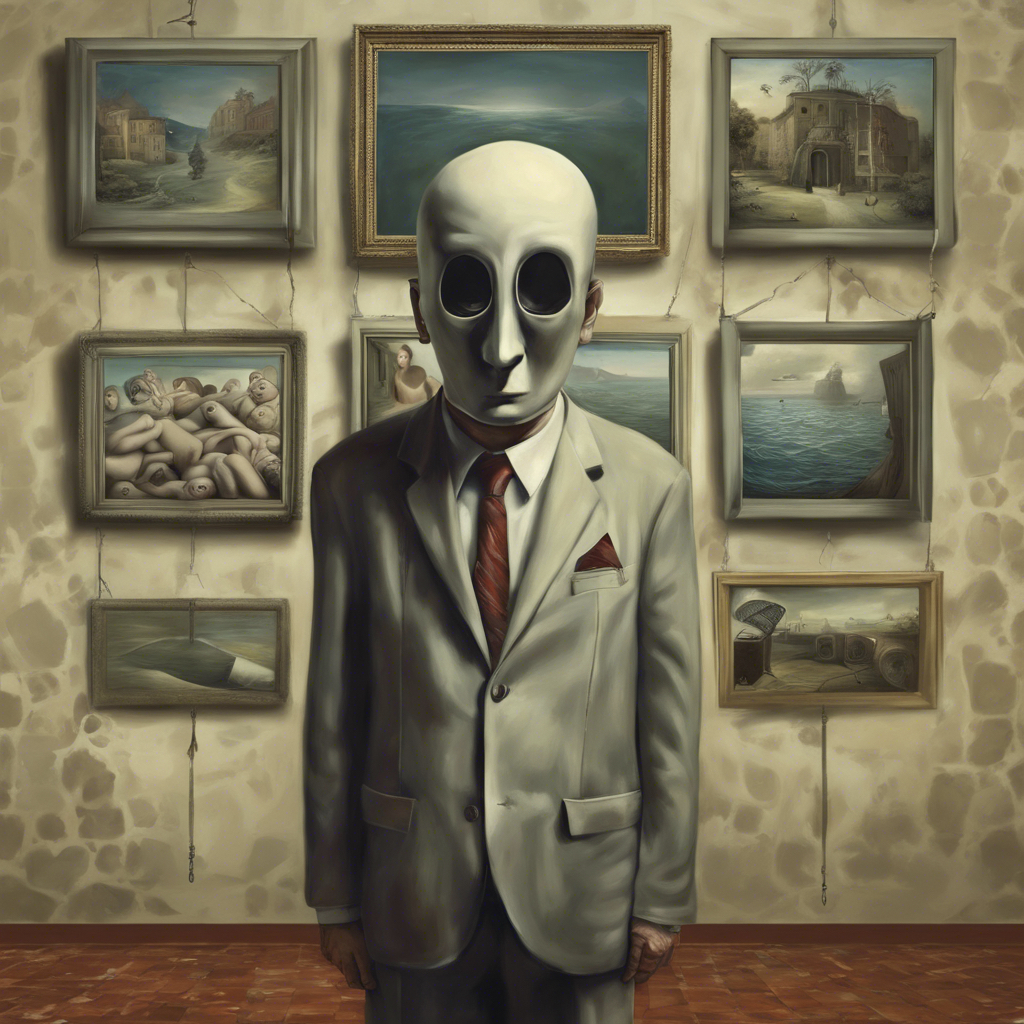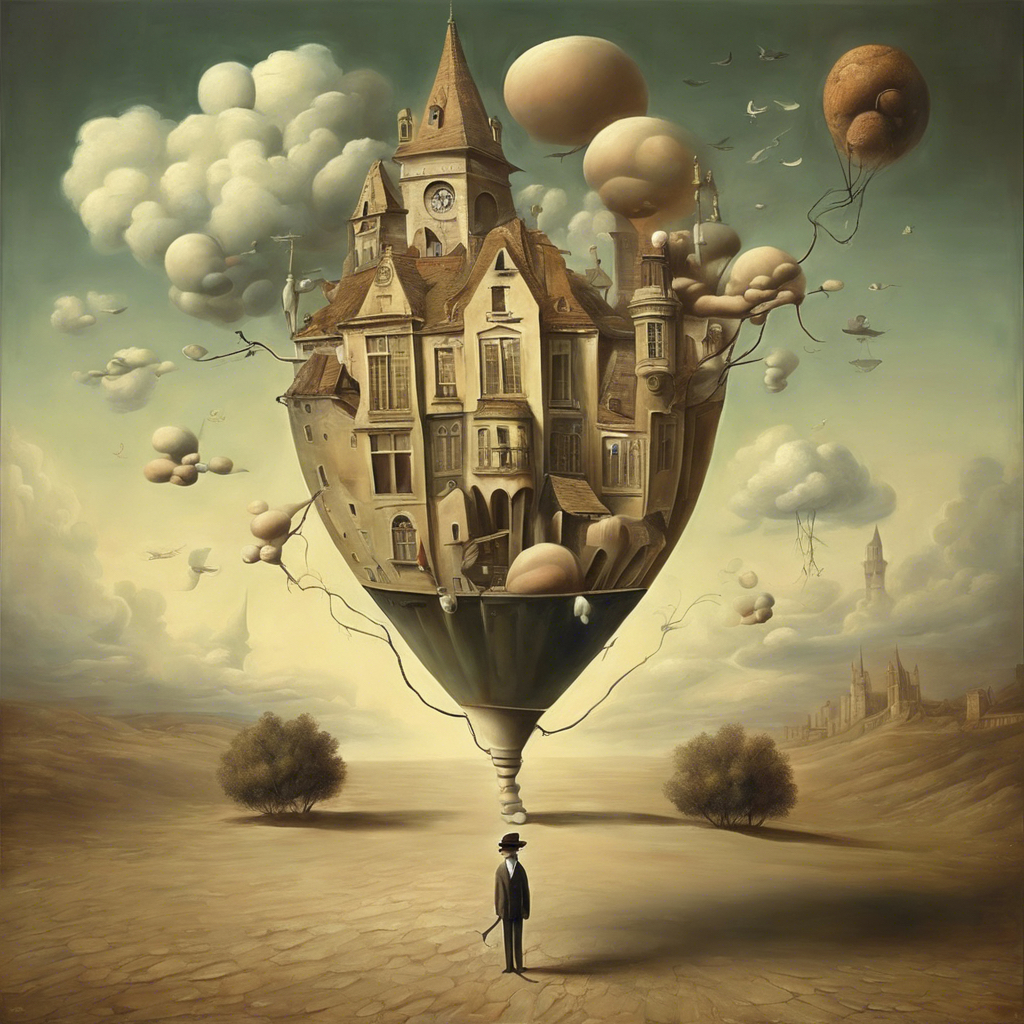Surrealism, a revolutionary art movement that emerged in the early 20th century, sought to tap into the depths of the unconscious mind. By challenging the boundaries of reality and reason, Surrealist artists aimed to unlock the hidden potential of the human psyche and create dreamlike and often bizarre imagery.
Key Techniques of Surrealism
Surrealist artists employed a variety of techniques to access the unconscious and manifest its contents in their artwork. Some of the most common techniques include:
- Automatic Drawing and Writing:
- Spontaneous Expression: Surrealists believed that by bypassing conscious thought, they could tap into the subconscious mind.
- Unfiltered Creativity: Artists would draw or write without any preconceived ideas or plans, allowing their subconscious to dictate the form and content.
- Dream Imagery:
- Visualizing Dreams: Surrealists often drew inspiration from their dreams, translating the dreamlike logic and imagery into their artwork.
- Symbolic Representation: They used symbols and metaphors to represent the hidden meanings and desires of the unconscious.
- Juxtaposition:
- Unconventional Combinations: Surrealists combined disparate objects and elements in unexpected ways to create visually striking and thought-provoking compositions.
- Challenging Reality: By juxtaposing incongruous elements, they aimed to disrupt the viewer’s perception of reality and encourage critical thinking.
- Paranoia-Critical Method:
- Decoding Reality: Surrealists believed that reality was often distorted and irrational.
- Deconstructing the Familiar: By analyzing everyday objects and situations, they sought to reveal their hidden meanings and symbolic significance.
Symbolism in Surrealist Art
Symbolism plays a crucial role in Surrealist art, as it allows artists to convey complex ideas and emotions in a concise and evocative manner. Some common Surrealist symbols include:
- The Unconscious: Represented by dreamlike imagery, distorted forms, and irrational juxtapositions.
- Desire: Often symbolized by erotic imagery, objects of longing, or forbidden pleasures.
- Death and Decay: Associated with mortality, transformation, and the cyclical nature of life.
- The Divine and the Sacred: Represented by religious symbols, mystical experiences, or spiritual aspirations.
Key Surrealist Artists
Several prominent artists contributed to the development and dissemination of Surrealism. Some of the most notable include:
- Salvador Dalí: Known for his iconic and often bizarre imagery, Dalí’s paintings are characterized by their dreamlike quality and surrealist techniques.
- René Magritte: Magritte’s work often challenges the viewer’s perception of reality through the use of unexpected juxtapositions and symbolic imagery.
- Man Ray: A versatile artist, Man Ray experimented with photography, painting, and sculpture. His work often explored themes of sexuality, fetishism, and the uncanny.
- Meret Oppenheim: Oppenheim’s work challenged traditional notions of beauty and desire. Her iconic “Object” (fur-covered teacup, saucer, and spoon) is a prime example of Surrealist object.
- Yves Tanguy: Tanguy’s paintings, characterized by their biomorphic forms and otherworldly landscapes, evoke a sense of mystery and the unknown.
The Legacy of Surrealism
Surrealism’s impact on art, literature, film, and popular culture is undeniable. Its emphasis on the unconscious, the irrational, and the dreamlike has inspired generations of artists and thinkers.
Surrealist techniques and imagery continue to be used in contemporary art, advertising, and design. The movement’s exploration of the subconscious mind has also influenced psychology, philosophy, and other fields of study.
By challenging the boundaries of reality and reason, Surrealism has left an enduring legacy that continues to inspire and provoke thought.
References:
- The Metropolitan Museum of Art: https://www.metmuseum.org/
- The Museum of Modern Art (MoMA): https://www.moma.org/
- Tate: https://www.tate.org.uk/visit/tate-modern
- Gardner’s Art Through the Ages by Fred S. Kleiner and Christin J. Mamiya
- The Story of Art by E.H. Gombrich


